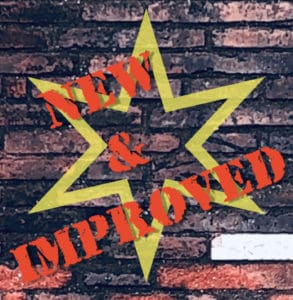 Pete Kim, who has helped build the USDC stablecoin version 2.0 and the Coinbase Wallet, has published an update on upgrading one of the world’s largest digital assets, USDC, which is an (Ethereum) ERC-20 compliant token.
Pete Kim, who has helped build the USDC stablecoin version 2.0 and the Coinbase Wallet, has published an update on upgrading one of the world’s largest digital assets, USDC, which is an (Ethereum) ERC-20 compliant token.
Kim explains that USD Coin (USDC) is a stablecoin launched by Centre, a consortium of which Coinbase and Circle are listed as the founding members. Each USDC token is reportedly backed by one US dollar “held in a bank, enabling the stablecoin to maintain a 1:1 exchange rate with the US Dollar.”
Kim confirms that USDC has grown considerably since its launch. The stablecoin reached $500 million in market cap for the first time in December 2019. In July 2020, USDC market capitalization hit $1 billion, and $3 billion by November 2020, Kim noted.
He added:
“The growth of USDC in 2020 was in large part fueled by the growth of Decentralized Finance (DeFi), where USDC remains the number one fiat-backed stablecoin of choice by both users and developers. DeFi’s core innovation is that it enables a wide array of applications such as lending, borrowing, and trading, in a global and permissionless manner. Various DeFi protocols can also be combined thanks to its programmable nature, and USDC acts as a medium of exchange between different protocols.”
With digital assets at the center, DeFi offers many opportunities for financial innovation, Kim claims. But the volatile cryptocurrency prices have been a major obstacle or barrier to achieving mainstream adoption, Kim acknowledged. Because of these limitations, it’s important to develop a robust stablecoin infrastructure, which has been a key part of Coinbase’s mission, Kim confirmed.
Coinbase remains committed to creating an open and more accessible financial system for the world, Kim noted. He also mentioned that the USDC stablecoin “inherits many of the core innovations of cryptocurrency while maintaining the price stability of the US Dollar, making it ideal for use in DeFi applications.”
USDC is currently issued on several different blockchains, however, it was first introduced on Ethereum, Kim noted. He pointed out that the original USDC smart contract, a standard ERC20 token launched back in 2018, operated quite efficiently for a couple years. But he claims that it has been “long overdue for an upgrade.”
During the past few years, Coinbase has reportedly received a lot of feedback from end-users and developers. According to Kim, one important aspect of the first ERC-20 smart contract that confuses many people is that when spending these tokens, you also have ETH to pay for the transaction costs. For instance, if you purchased USDC via Coinbase and transferred the digital token to a user-controlled crypto wallet (like Coinbase Wallet or MetaMask) that didn’t have any ETH, then you wouldn’t be able to spend USDC unless you also purchased and sent some Ether to that wallet.
Kim further noted:
“For developers, this limitation complicated onboarding as they had to ensure their users had both USDC and ETH, and this also made Venmo-type of use-cases difficult to build. In addition to addressing that issue, we wanted to bring many other general improvements to make USDC more secure for our users and developers.”
(Note: for more technical details on this development, check here.)
Kim added:
“At 8:30 in the morning on August 27th, it was finally time for the engineers from Coinbase and Circle gathered in a virtual war room to face the moment of truth. The necessary contracts were deployed the day before, and all that was remaining was to flip the switch by calling the upgrade() function. A transaction was created and verified once and once more by everyone in the war room before it was sent into the Ether.”
He continued:
“The end of the saga was somewhat anticlimactic: a green checkmark in Etherscan appeared in just seconds after the transaction was submitted and the USDC smart contract carried on steadily and faithfully. The upgrade was complete and funds were safe. The main takeaway from this is that a small group of engineers could upgrade a billion dollar global financial service securely with zero downtime. This was never before possible with the legacy financial system, and it is a perfect example of how powerful this new technology really is.”

